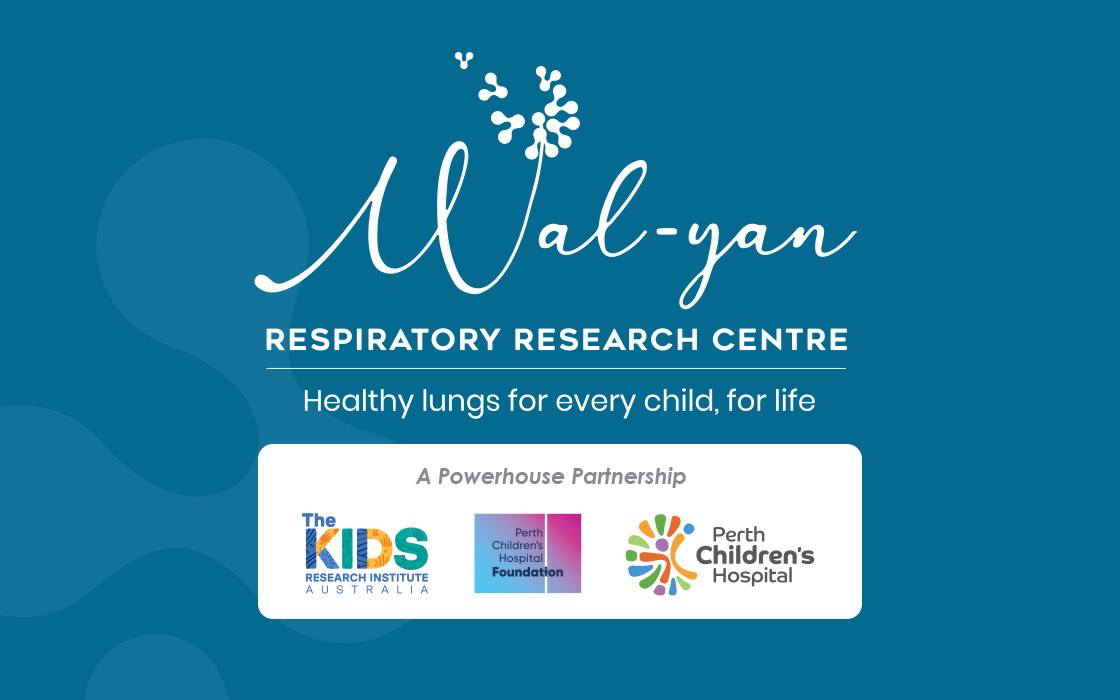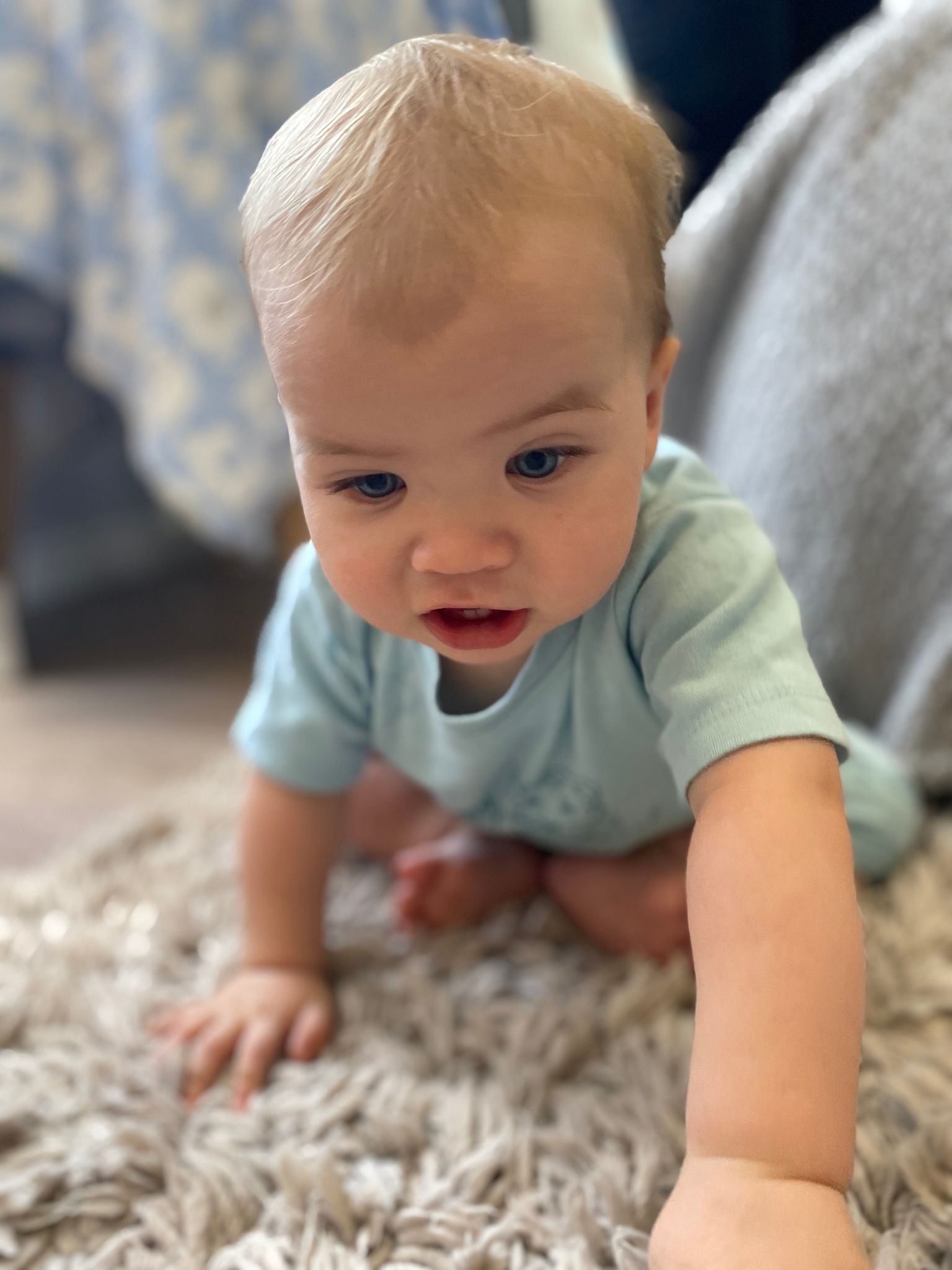Search
Research
Development and validation of a miniaturized bacteriophage host range screening assay against antibiotic resistant Pseudomonas aeruginosaAntimicrobial resistance is a current global health crisis, and the increasing emergence of multidrug resistant infections has led to the resurgent interest in bacteriophages as an alternative treatment.
Research
Pseudomonas aeruginosa Resistance to Bacteriophages and Its Prevention by Strategic Therapeutic Cocktail FormulationAntimicrobial resistance poses a significant threat to modern healthcare as it limits treatment options for bacterial infections, particularly impacting those with chronic conditions such as cystic fibrosis (CF). Viscous mucus accumulation in the lungs of individuals genetically predisposed to CF leads to recurrent bacterial infections, necessitating prolonged antimicrobial chemotherapy. Pseudomonas aeruginosa infections are the predominant driver of CF lung disease, and airway isolates are frequently resistant to multiple antimicrobials.
Research
Monitoring disease progression in childhood bronchiectasisBronchiectasis (not related to cystic fibrosis) is a chronic lung disease caused by a range of etiologies but characterized by abnormal airway dilatation, recurrent respiratory symptoms, impaired quality of life and reduced life expectancy.
Research
Prevalence of chronic respiratory diseases in Aboriginal children: A whole population studyThe burden of bronchiectasis is disproportionately high in Aboriginal adults, with early mortality. Bronchiectasis precursors, that is, protracted bacterial bronchitis and chronic suppurative lung disease, often commence in early childhood.
Research
The effect of azithromycin on structural lung disease in infants with cystic fibrosis (COMBAT CF): a phase 3, randomised, double-blind, placebo-controlled clinical trialStructural lung disease and neutrophil-dominated airway inflammation is present from 3 months of age in children diagnosed with cystic fibrosis after newborn screening. We hypothesised that azithromycin, given three times weekly to infants with cystic fibrosis from diagnosis until age 36 months, would reduce the extent of structural lung disease as captured on chest CT scans.
Research
BEAT CF pulmonary exacerbations core protocol for evaluating the management of pulmonary exacerbations in people with cystic fibrosisCystic fibrosis (CF) is a rare, inherited, life-limiting condition predominantly affecting the lungs, for which there is no cure. The disease is characterized by recurrent pulmonary exacerbations (PEx), which are thought to drive progressive lung damage. Management of these episodes is complex and generally involves multiple interventions targeting different aspects of disease. The emergence of innovative trials and use of Bayesian statistical methods has created renewed opportunities for studying heterogeneous populations in rare diseases.
Research
Learning to make a difference for chILD: Value creation through network collaboration and team scienceAddressing the recognized challenges and inequalities in providing high quality healthcare for rare diseases such as children's interstitial lung disease (chILD) requires collaboration across institutional, geographical, discipline, and system boundaries. The Children's Interstitial Lung Disease Respiratory Network of Australia and New Zealand (chILDRANZ) is an example of a clinical network that brings together multidisciplinary health professionals for collaboration, peer learning, and advocacy with the goal of improving the diagnosis and management of this group of rare and ultra-rare conditions.
Research
Investigating the Implications of CFTR Exon Skipping Using a Cftr Exon 9 Deleted Mouse ModelSeverity and disease progression in people with Cystic Fibrosis is typically dependent on their genotype. One potential therapeutic strategy for people with specific mutations is exon skipping with antisense oligonucleotides. CFTR exon 9 is an in-frame exon and hence the exclusion of this exon would excise only 31 amino acids but not alter the reading frame of the remaining mRNA.

One way the Wal-yan Respiratory Research Centre provides the opportunity for consumers and community members to contribute to our research is through participation in one of our eight community reference groups.

Focusing on the developmental trajectories of respiratory health includes developing strategies to improve and support immune system function and development over the life course.
